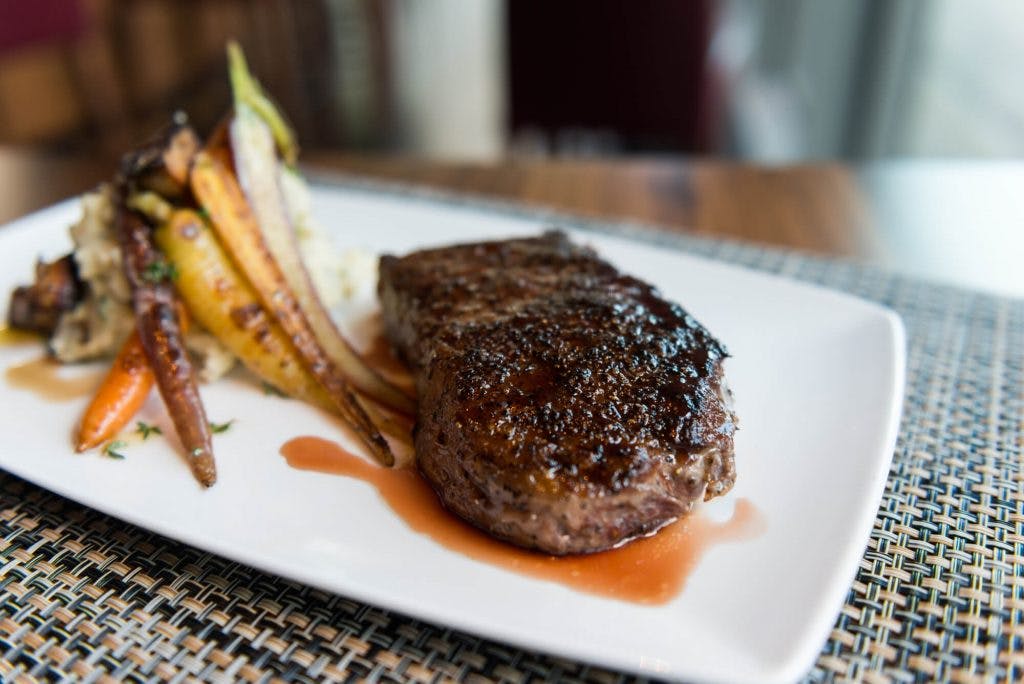The History of Wagyu Beef

October 20, 2016
Known for its marbling and mouthwatering flavor, Wagyu beef is one of Japan’s prized delicacies. What makes this particular type of beef so special? Let’s dig in.
Although it first arrived in the U.S. in the 1970s, the history of Wagyu beef begins in Japan, dating back several centuries. In fact, Wagyu, pronounced “wag-you,” directly translates to “Japanese cow.” Wagyu beef comes from a group of Japanese breeds that are known for their high level of fat marbling. The cows are raised by skilled Wagyu ranchers in a low-stress environment with special practices and individual care to ensure a high-quality harvest.
Genetics play a tremendous role in the world of Wagyu, especially when it comes to achieving that upper echelon of flavor. For example, Akaushi, one of the most popular breeds in America, not to mention one of the most delicious cuts of steak on our menu, has been heavily monitored to preserve the purity of its flavor. Breed lines of cattle are carefully traced, and tracked, and play a large role in determining a cow’s pedigree. In fact, it is not uncommon for an animal to come with a descriptive history of its lineage. This careful monitoring helps protect the flavor, and over time, increase its marbling. The marbling, of course, refers to the streaks of fat that develop within the muscle, opposed to only on the outside. This fat slowly melts during the cooking process, giving the meat its rich, tender flavor.
At Del Frisco’s, we pride ourselves on carrying only the best and most beautiful cuts of steak. But don’t just take our word for it: come in and taste for yourself. We’ll save a seat for you.
Have you tried Wagyu beef? What’s your favorite cut? Tell us in the comments.
